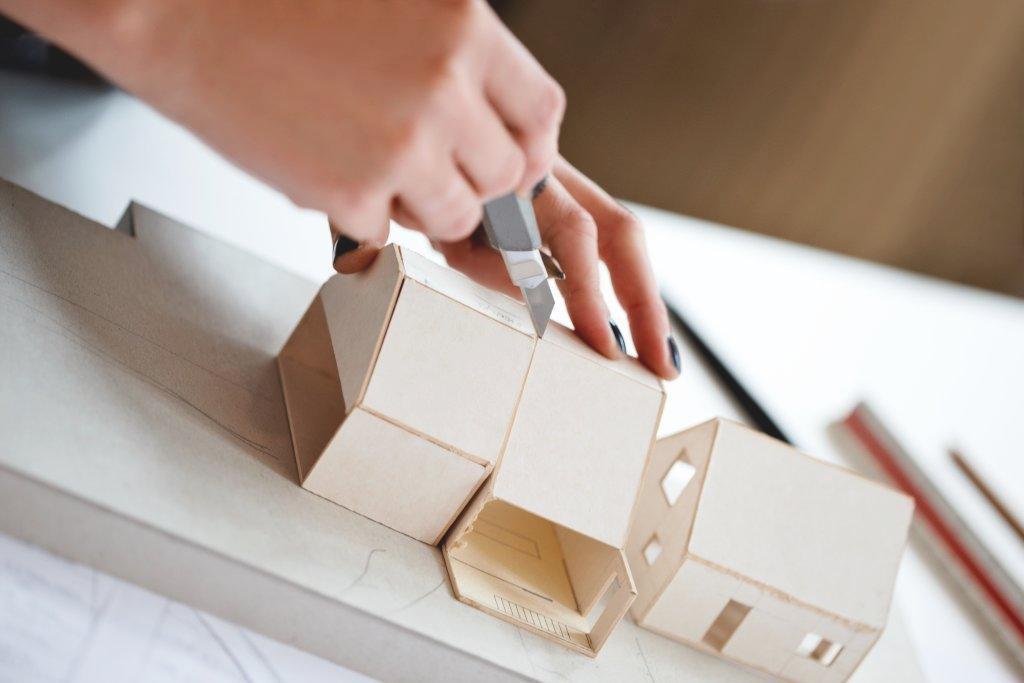
Making your house more energy efficient is always a great idea. It saves you money on heating and cooling costs while you live in your home, and its a great selling point later when you decide to sell. But what upgrades will give you the most bang for your buck? Where should you start? Read on for our suggestions on what to do first when making your house more energy efficient.
Seal It Up
Think of your home as an envelope, and start with all the places the envelope can be opened. This means a great place to begin is with new weather-stripping for your doors and windows. The next most important place to “seal the envelope” are all of the little places where your attic floor is penetrated – think about the places where pipes, wiring, light fixtures and even your chimney break the plane of the attic. Small gaps and cracks around these fixtures can drastically increase your heating and cooling costs. Sealing these spots could even mean you need a smaller furnace if yours needs to be replaced in the future.
Insulate, Insulate, Insulate!
Once you have sealed all of the air escape routes to your attic, its time for more insulation. Your attic floor should be filled to a depth of at least 10 inches of insulation. Keep in mind that insulation settles over time, so just because there were 10 or more inches of insulation when you purchased your home and had it inspected, that doesn’t mean that the insulation is still sufficiently deep. Many professionals will audit your insulation for free and let you know where you need more and how much it will cost.
Next Up, Ducts!
Sealing and insulating your duct work should come next after weather sealing and adding insulation. The ducts in most houses leak so much of their heated and cooled air into the attic, basement, or crawlspace that sealing the seams and wrapping the ducts with insulation can give you a 30% savings in heating and cooling costs. But, this isn’t a simple job, and you’ll want to hire a professional to get it done. Tackle the projects you can do yourself first, then call a duct specialist to increase your savings.
Bigger Projects
We recommend tackling the small projects first, because you can still see significant savings in your energy costs without breaking the bank on upgrades. However, you will eventually need to replace your HVAC system no matter how well insulated and sealed your home is. Heating and cooling systems installed before 2000 are considered obsolete by today’s energy-saving standards. If you replace your system today with a moderately priced unit, you can expect to see a 20% decrease in energy costs, and your savings will increase if you spring for a more expensive, high efficiency unit.
Windows are also a place where you can make a huge dent in your energy spending, but the price of replacements is often quite high. You can expect to spend around $800 per window, so when weighing the costs vs benefits, consider other factors as well. Newer windows will be easier to open and close and likely easier to clean. They may add to the overall attractiveness of your home, and will definitely increase your resale value. While energy efficiency alone may not make window replacement worthwhile, the added benefits may tempt you into taking on this project as well.
The bottom line is, even if you start small, there are a lot of changes you can make around your house to increase energy efficiency, and decreases heating and cooling costs!
Read on for more of our recent posts for homeowners!

